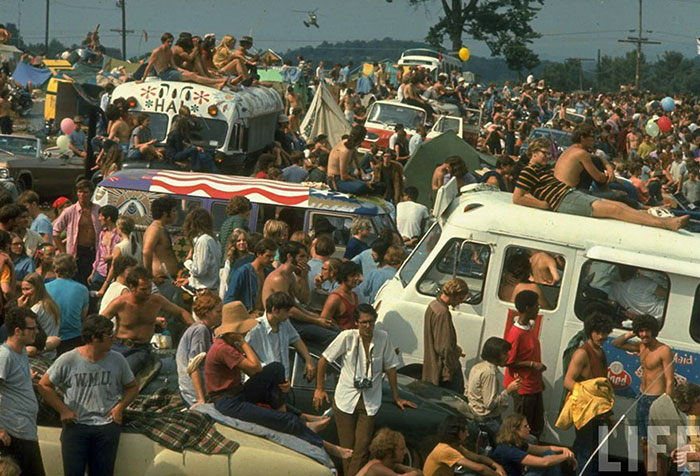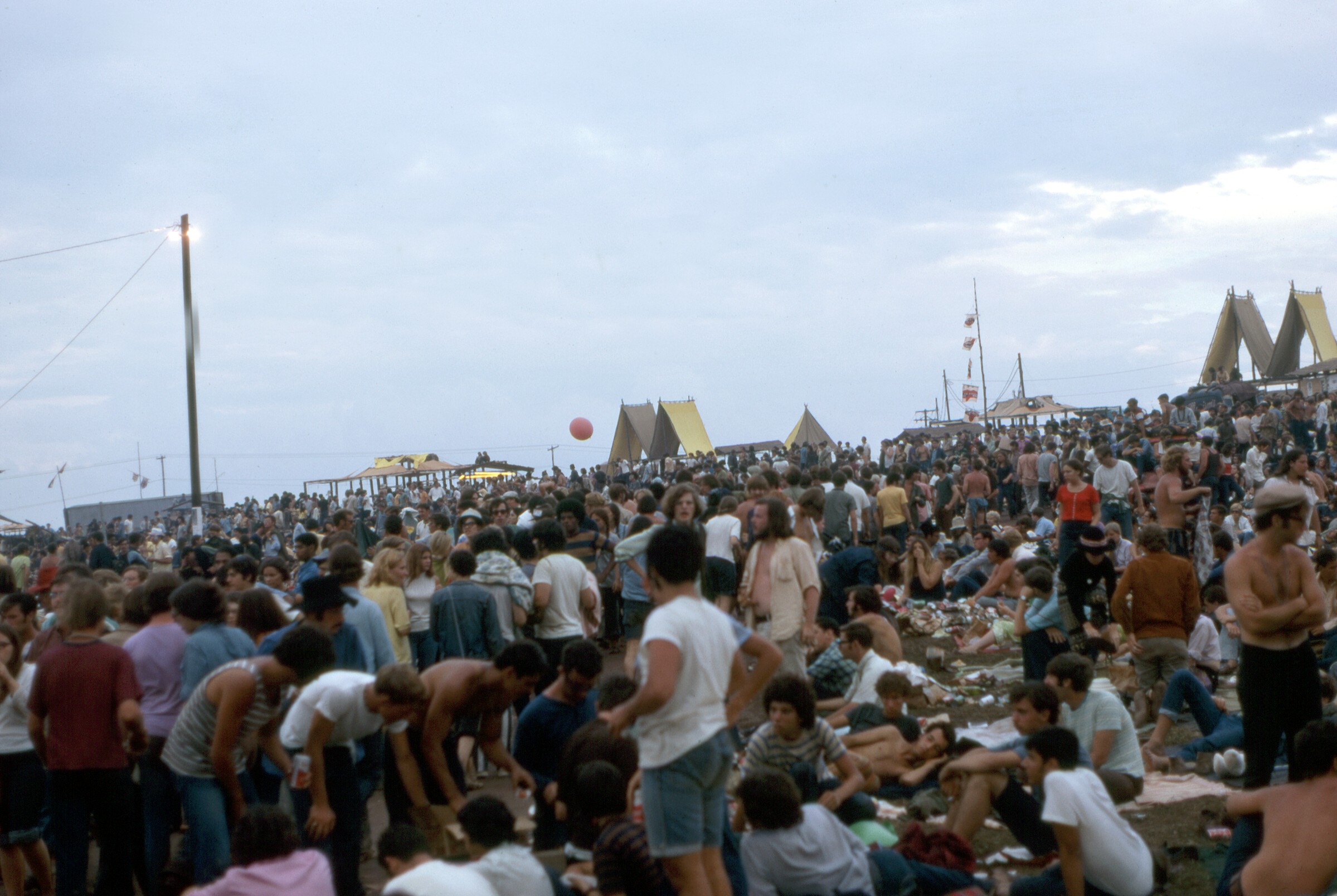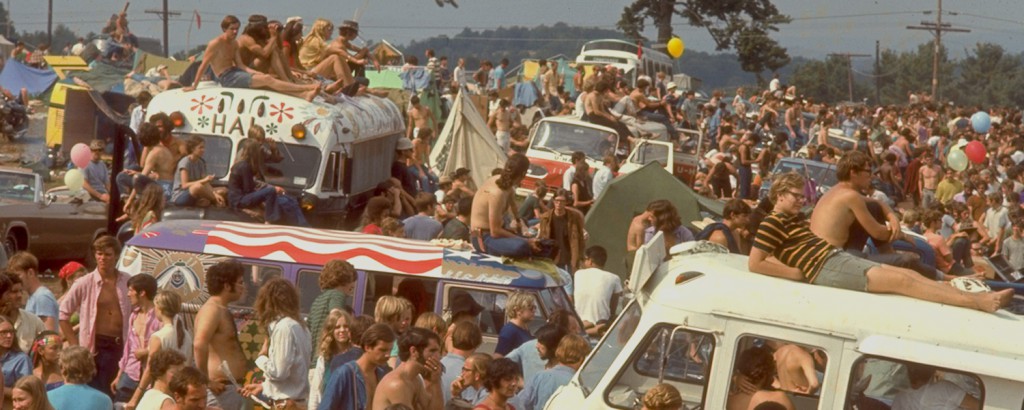Woodstock Meats - A Look Back At An Era
Table of Contents
- The Original Woodstock Experience
- What Kind of Spirit Did Woodstock Meats Evoke?
- The People Behind the Vision for woodstock meats
- How Did the 1960s Shape woodstock meats?
- The Lasting Mark of the Festival
- A Town's Enduring Warm Welcome for woodstock meats
- Remembering the Gathering at the Farm
- Visiting the Place Where it All Happened
The summer of 1969 brought forth an event that would truly echo through the ages, a gathering that came to be known simply as Woodstock. This music and art celebration, held from August 15 to 18, truly captured the essence of a particular moment in time, drawing together a vast collection of individuals seeking something new and different. It was, in a way, a defining moment for a generation, a symbol of peace and musical expression that resonated deeply with many.
This remarkable occasion, which people commonly refer to as Woodstock, took place on a dairy farm owned by Max Yasgur, situated in Bethel, New York. It was, quite honestly, a rather ambitious undertaking, put together by a group of four promoters who, it turns out, were not very experienced at organizing such a large-scale event. They had this big idea, you know, to create what they called “an aquarian experience, 3 days of peace and music,” a vision that really set the stage for what was to unfold.
The event, which was pretty grand in its scope, would, of course, become known simply as Woodstock. It grew to be a symbol, nearly a byword, for the counterculture movement that was sweeping through the United States during that period. This particular festival, in some respects, truly encapsulated the hopes and feelings of a whole generation, leaving a very deep impression on everyone who was there, and on the wider world too, actually.
The Original Woodstock Experience
The Woodstock Music and Art Fair, as it was formally known, was an event that really captured the attention of a lot of people. It unfolded over several days, from the middle of August, specifically the 15th, right through to the 18th, in the year 1969. The setting for this massive gathering was a working dairy farm, belonging to a man named Max Yasgur, located in a spot called Bethel, within the state of New York. It was, to be honest, quite a simple place for such a significant happening to occur.
This festival, which became a landmark, was brought to life by a quartet of individuals who, frankly, had little prior experience in putting together anything of this magnitude. They were, in a way, learning as they went, yet they managed to pull off something truly extraordinary. Their big idea was to offer what they called “an aquarian experience,” promising three days filled with peace and, of course, a lot of music. This promise, you know, drew in an incredible number of people, all looking for that very thing.
What started as a hopeful idea grew into something far bigger than anyone might have predicted. The event, which some might describe as a monumental happening, became, quite simply, Woodstock. It wasn't just a festival; it became, sort of, a representation of the counterculture movement, a symbol that spoke volumes about the shifting societal attitudes of the time. It was, you could say, a moment where a certain way of thinking really came alive for the world to see, and it truly changed things for many.
- Sadboyz Clothing
- Indigo Moons
- African American Art And Culture Complex
- Revista Estadio
- Karen Katc Onlyfans
What Kind of Spirit Did Woodstock Meats Evoke?
The cultural atmosphere of the 1960s, a period that genuinely changed the world in lasting ways, really set the stage for what Woodstock came to represent. This was a time of big shifts, where people were questioning old ways and looking for new paths. The festival itself, you know, was the biggest of the countercultural music celebrations held in the United States during that decade. It wasn't just a concert; it was a powerful expression of a collective desire for something different, something more peaceful and connected.
The feeling that permeated Woodstock was one of shared purpose and a longing for harmony. This spirit, you might imagine, is the kind of feeling that a concept like "woodstock meats" would aim to capture. It's about a return to simpler things, perhaps, or a connection to the land and genuine experiences, much like the festival took place on a working farm. The idea isn't just about the product itself, but about the values it might represent, values that were so central to that time.
Think about the connection to the earth, the feeling of community, and a certain kind of honesty that defined the festival. This is, in some respects, the very essence that any venture hoping to draw from the Woodstock legacy would seek to embody. It's about authenticity and a direct link to a past where things felt, perhaps, a bit more straightforward and real. The festival left a deep mark on everyone involved, from the performers who graced the stage to the hundreds of thousands who gathered to listen and share, and this impression is what gives "woodstock meats" its conceptual foundation.
The People Behind the Vision for woodstock meats
The story of Woodstock is, in part, the story of its organizers, those four individuals who, as it turns out, were pretty new to the whole business of putting on a massive outdoor event. They had this big idea, this dream of an "aquarian experience," a gathering that would be about peace and music for three days. It's really quite something to think about how they managed to pull it off, given their lack of experience, isn't it?
These promoters, whose names are now part of history, had a vision that went beyond just putting on a series of concerts. They wanted to create a feeling, a moment where people could come together and share something truly special. This kind of bold thinking, this willingness to try something new even without a lot of background, is a quality that, you know, you might associate with the foundational ideas behind something like "woodstock meats." It suggests a certain pioneering spirit, a desire to create something genuine and meaningful, even if it's a bit unconventional.
Their ambition, to be honest, was rather grand, aiming for an event that would be remembered. And remember it, we do. The festival, which became known simply as Woodstock, turned into a powerful symbol of the counterculture. This tells us something about the people who start things, doesn't it? They might not have all the answers, but they have a strong belief in what they're trying to achieve, and that belief can, apparently, move mountains, or in this case, bring hundreds of thousands of people to a dairy farm in upstate New York.
How Did the 1960s Shape woodstock meats?
The decade of the 1960s was a period of truly significant shifts, a time when many aspects of society were undergoing a profound transformation. This era, with its calls for peace, freedom, and a different way of living, formed the backdrop against which the Woodstock festival unfolded. It was, in a way, a reflection of the aspirations and hopes of a generation that was looking to break free from older conventions and forge a new path.
Woodstock itself was the biggest of the countercultural music festivals that took place across the United States during those years. It wasn't just a collection of musical acts; it was a powerful expression of the cultural currents that were sweeping the nation. The festival embodied a certain kind of idealism, a belief in collective action and the power of shared experiences. This collective spirit, you know, is a key part of what makes the 1960s so memorable, and it's something that a concept like "woodstock meats" would naturally draw upon.
The influence of the 1960s, with its emphasis on authenticity and a connection to nature, could be seen as shaping the very idea of "woodstock meats." It suggests a product or a philosophy rooted in simpler times, perhaps, or a commitment to practices that align with the values of that era. The festival, quite frankly, left a very deep and lasting impression, not just on the musicians who performed or the people who attended, but on the broader cultural landscape. This enduring mark is what gives the "woodstock meats" idea its historical weight, connecting it to a time when people sought out genuine experiences and a closer bond with their surroundings.
The Lasting Mark of the Festival
The Woodstock Music and Art Fair, though it lasted only a few days, created an impact that stretched far beyond its brief existence. It left, you know, a very deep and lasting impression on everyone who was there, from the musicians who shared their gifts on stage to the vast crowd that gathered to witness something truly special. This kind of profound effect is not something that happens very often, and it speaks volumes about the power of that particular moment in time.
The festival became, quite frankly, a defining event for a generation, a symbol that represented so much of what the counterculture movement stood for. It was about more than just the music; it was about community, about shared ideals, and about a collective yearning for peace and understanding. This feeling, this sense of connection, is what truly sets Woodstock apart and gives it its enduring legacy. It’s a feeling that, perhaps, a venture like "woodstock meats" would aim to capture, a connection to something authentic and meaningful.
The stories from that weekend, the images, and the feelings associated with it have continued to resonate through the decades. It showed what was possible when people came together with a common purpose, even if the circumstances were, in some respects, a bit chaotic. The mark it left was, quite simply, indelible, shaping perceptions and inspiring countless individuals for years to come. This lasting impression is what makes the name "Woodstock" so powerful, and why any concept drawing from it, like "woodstock meats," carries with it a sense of history and profound cultural significance.
A Town's Enduring Warm Welcome for woodstock meats
Beyond the famous festival, there's also the town of Woodstock itself, which has a very rich and long history of offering hospitality to visitors. This place, you see, is actually a medieval 'new town', established a very long time ago to serve people coming to a royal hunting lodge. It has, apparently, a record of welcoming guests that stretches back over 900 years, which is quite impressive when you think about it.
The town's buildings, with their rather elegant Georgian exteriors, often hide much older structures underneath. This blend of visible beauty and hidden age speaks to a depth of history and a tradition of enduring quality. This long-standing tradition of welcome and genuine character is, in some respects, the very essence that a concept like "woodstock meats" might seek to embody. It's about a connection to a place with deep roots, a place that has always been about providing for its visitors with a sense of care and tradition.
The idea here is that the town's history of hospitality, its deep connection to the land and its past, could serve as a kind of spiritual foundation for "woodstock meats." It suggests a product or an approach that is rooted in history, in a place where people have been cared for and provided for over many centuries. This sense of enduring welcome and authentic heritage is, quite frankly, a powerful association for any venture seeking to convey reliability and a connection to genuine tradition.
Remembering the Gathering at the Farm
About fifty years ago, a truly incredible number of people, more than 400,000 individuals, made their way to Bethel, New York. They were all headed to a dairy farm, a piece of land owned by Max and Miriam Yasgur, which was the chosen spot for the Woodstock Music & Art Fair. It was, you know, an absolutely massive gathering, far bigger than anyone could have fully anticipated, and it speaks to the power of the event's appeal.
The scene at the farm must have been something truly remarkable to behold. All these people, coming from different places, converging on one spot for a shared experience of music and peace. It was, in a way, a spontaneous community that formed, a testament to the collective desire for connection and celebration. This image of a vast gathering on a working farm, a place of sustenance and natural cycles, could be seen as a kind of foundational image for "woodstock meats," connecting it to the earth and a sense of natural abundance.
The memory of that gathering, the sheer scale of it and the spirit that permeated it, remains a powerful part of our cultural story. It wasn't just a festival; it was a moment where a vast number of people experienced something truly unique together, on a piece of land that was, at its heart, a place of production and life. This connection to the land, to a specific place where such a significant event occurred, is a powerful link for any concept, including "woodstock meats," that seeks to draw on the authenticity and historical resonance of the Woodstock name.
Visiting the Place Where it All Happened
For those who wish to connect with the history of this remarkable event, you can actually go and visit the Woodstock festival historic site today. It's a place where you can experience the grounds where everything unfolded, getting a real sense of the setting. There's also a museum at Bethel Woods, which, you know, helps people understand the festival itself and the rather explosive decade of the 1960s that led up to it.
Stepping onto those very grounds, you can almost feel the echoes of the past, the spirit of those three days of peace and music. The museum, for its part, does a very good job of explaining the context, the cultural shifts, and the reasons why such an event resonated so deeply with so many people. It helps to paint a picture of a time when the world was, in some respects, truly changing, and Woodstock was right at the heart of that transformation.
This opportunity to visit the actual location, to walk the land where history was made, offers a tangible connection to the past. It provides a deeper appreciation for the cultural significance of the festival and the era it represented. For a concept like "woodstock meats," this tangible connection to a historical place, a site of enduring memory, offers a sense of authenticity and a rich narrative. It allows for a conceptual link to a time and a place that symbolizes a certain kind of genuine, impactful experience, rooted in the very earth where it all took place.
This exploration has taken us through the history of the Woodstock Music and Art Fair, from its unexpected beginnings on a New York dairy farm to its lasting cultural influence. We've considered how the spirit of the 1960s and the enduring hospitality of the town of Woodstock itself contribute to the conceptual foundation of something like "woodstock meats," linking it to ideas of authenticity, community, and a deep connection to history. The festival's profound impact on attendees and artists alike, and the opportunity to visit its historic site today, all speak to the powerful legacy that continues to resonate.

Someone Found Note Listing What Different Musicians Got Paid At

Chronology Woodstock Music Art Fair | The Woodstock WhispereJim Shelley

arrivals_slider | Woodstock